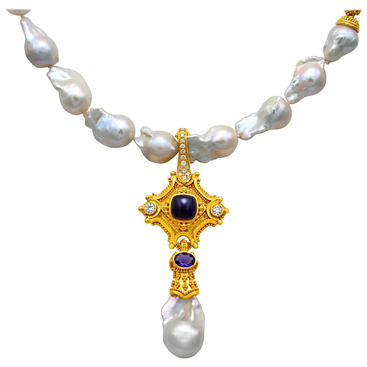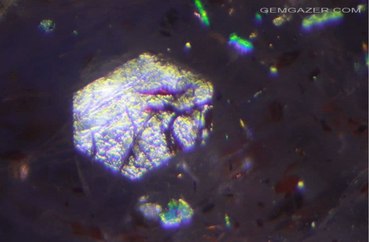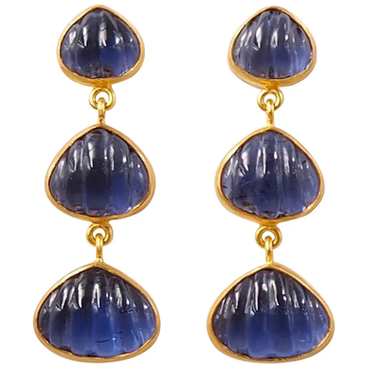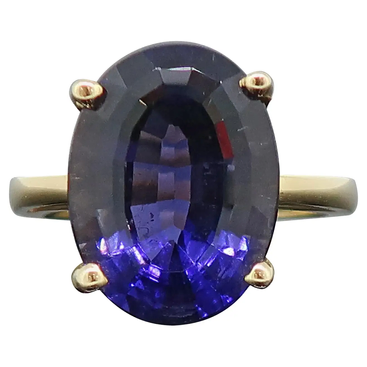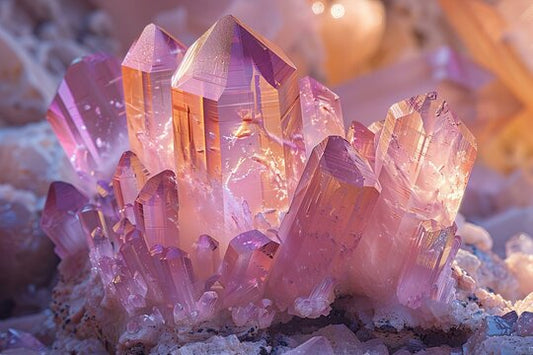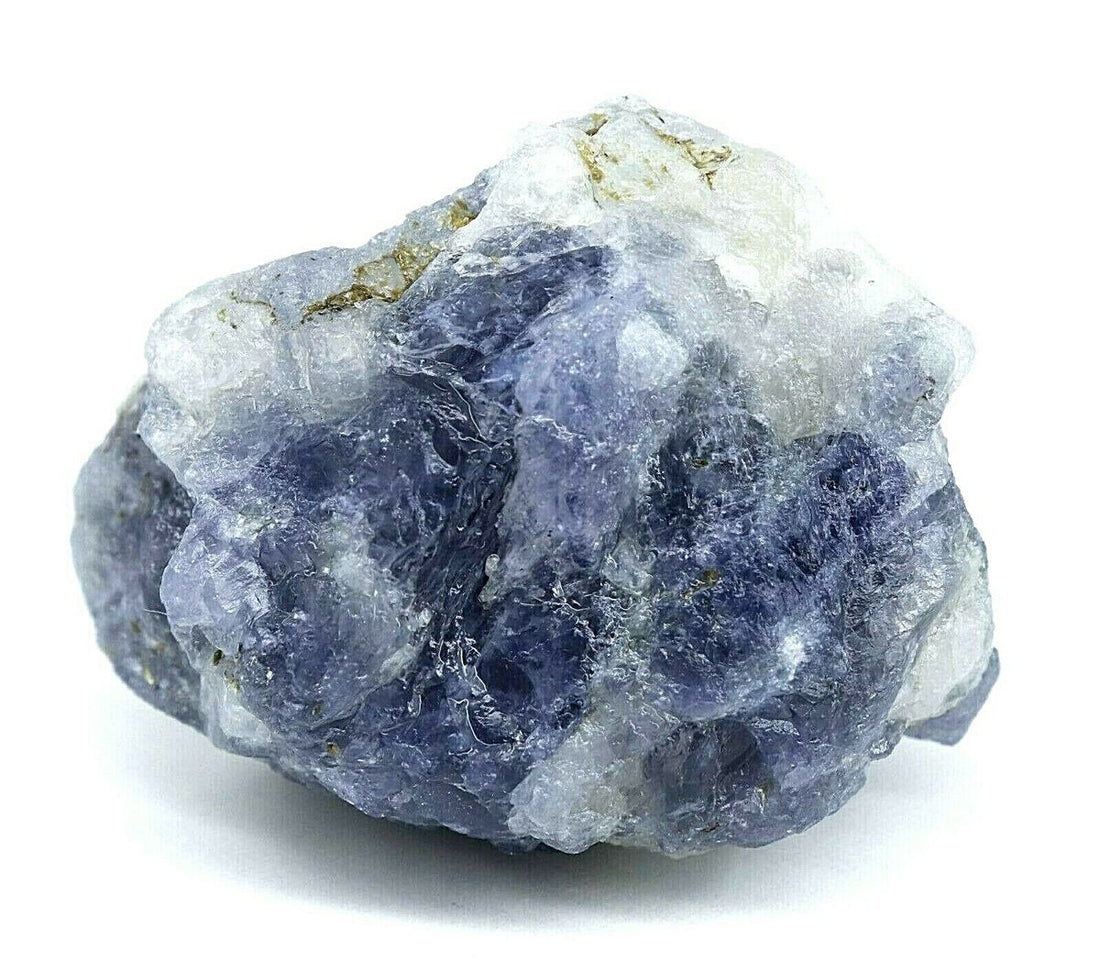
I is for Iolite
Natalie IfillIt's been a while but we're back with our next instalment in the A-Z Gemstones Uncovered series: I is for Iolite. Known for its deep violet and blue hues, it's often referred to as a water Sapphire even though there is no connection between the two stones.

Iolite is considered a relatively new and lesser-known gemstone, due to only having this name since 1912 however the history of this mineral extends far beyond this. Before "Iolite" became its common name, it was referred to as Cordierite, named after French geologist Pierre Louis Antoine Cordier in 1813. Whilst Cordierite is the mineral species, Iolite now refers to a gem-quality specimen of this mineral.

Iolite is also referred to as "The Vikings Stone" or the "Viking's Compass" due to Norse legends (793–1066 AD). Vikings supposedly used Iolite as a glare reducer and polarising filters on cloudy days to help sailors navigate whilst out at sea. The Iolite lens helped the Vikings figure out the position of the sun in the sky, making it possible to travel further than ever before. It is believed Leif Ericsson, a Norse explorer from Iceland, used this unique optical lens, which supposedly aided him in reaching the shores of Central America approximately half a millennium before Christopher Columbus. It is also believed that Vikings discovered the Iolite deposits throughout Norway and Greenland.
What is Iolite then and how is it made?
One of Iolite's most unique and interesting characteristics is its pleochroism. Pleochroism is an optical phenomenon that refers to the way a crystal absorbs different wavelengths of light and how they are reflected off the surface of the crystal. A pleochroic gemstone will display different colours when viewed from different angles. Iolite is one of the most pleochroic gemstones used today, varying from dark violet-blue, light purple and blue tones, dull grey, dark yellow. and even colourless Due to this Iolite is also referred to as a dichroic. It is due to this phenomenon that Iolite was also given the name "water Sapphire" due to its dark blue shades resembling a Sapphire.

Iolite also comes in variations such as 'Bloodshot Iolite', where the presence of hexagonal-shaped hematite platelet inclusions gives it the resemblance of glittery confetti. Sometimes inclusions in Iolite even cause chatoyancy (a band of bright lustre otherwise known as cat's eye).
Iolite is found in various locations around the world with deposits in several countries within Africa including Kenya and Tanzania, India, Sri Lanka, Brazil, Norway, Finland, Australia, and last but not least Myanmar.

Five facts about Iolite:
- Iolite's name is derived from the Greek word 'ios' meaning violet and 'lithos' meaning stone.
- The largest Iolite discovered was found in Grizzly Creek, Wyoming, USA in 2004. It weighed a mega 24,000 carats (4.8kgs).
- Due to Iolite's physical properties, they typically can't be heat treated like a lot of precious and semi-precious stones to enhance the strength of the hue. So any Iolite you come across will always be natural, unless it is an imitation stone however these are usually easy to spot as they don't exhibit pleochroism.
- Following on from the Norse Legends, Iolite has gained a reputation as a guidance stone. It is said to bring clarity to the wearer about their dreams, journey and explorations, as well as allowing them to see their life's purpose.
- Iolite has long been confused with Sapphires hence the name "water Sapphire", but also Tanzanite from the day of its discovery. In 1967 a Masai tribesman in Tanzania came across what we now know as Tanzanite, but gemologists first believed it was Iolite. After Tanzanite was discovered it became heavily marketed by Tiffany as an alternative to Sapphire but now both stones are high in demand and prices have skyrocketed, unlike Iolite which remains relatively unknown.
If you enjoyed this post, check out the rest in our series: A-Z Gemstone's Uncovered.
We'd love to hear your thoughts, what's your favourite thing about Iolites or which gemstone would you like us to feature next! Comment below, like or share this post.
(Originally posted on Nov 13, 2021)


